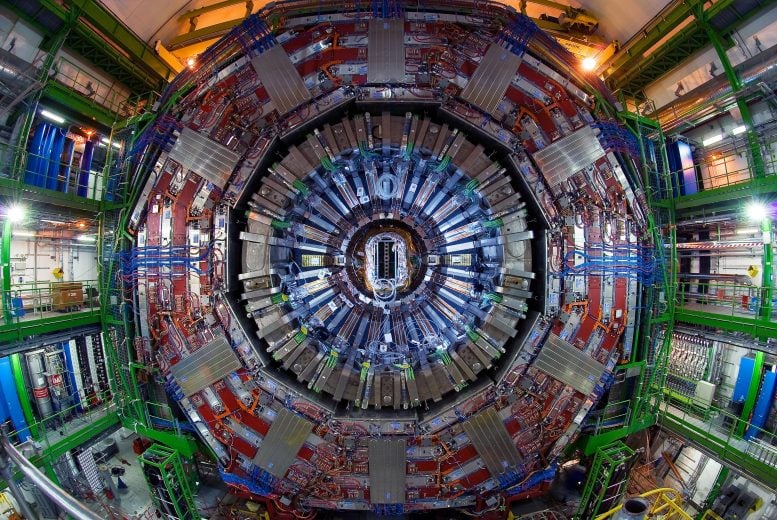
The Compact Muon Solenoid (CMS) is a general-purpose detector at the Large Hadron Collider (LHC). Credit: CERN
The bounds are some of the tightest yet on the existence of third-generation leptoquarks.
At the most fundamental level, matter is made up of two types of particles: leptons, such as the electron, and quarks, which combine to form protons, neutrons and other composite particles. Under the Standard Model of particle physics, both leptons and quarks fall into three generations of increasing mass. Otherwise, the two kinds of particles are distinct. However, some theories that extend the Standard Model predict the existence of new particles called leptoquarks that would unify quarks and leptons by interacting with both.
In a new paper, the CMS collaboration reports the results of its latest search for leptoquarks that would interact with third-generation quarks and leptons (the top and bottom quarks, the tau lepton and the tau neutrino). Such third-generation leptoquarks are a possible explanation for an array of tensions with the Standard Model (or “anomalies”), which have been seen in certain transformations of particles called B mesons but have yet to be confirmed. There is therefore an additional reason for hunting down these hypothetical particles.
The CMS team looked for third-generation leptoquarks in a data sample of proton–proton collisions that were produced by the Large Hadron Collider (LHC) at an energy of 13 TeV and were recorded by the CMS experiment between 2016 and 2018. Specifically, the team looked for pairs of leptoquarks that transform into a top or bottom quark and a tau lepton or tau neutrino, as well as for single leptoquarks that are produced together with a tau neutrino and transform into a top quark and a tau lepton.
The CMS researchers didn’t find any indication that such leptoquarks were produced in the collisions. However, they were able to set lower bounds on their mass: they found that such leptoquarks would need to be at least 0.98–1.73 TeV in mass, depending on their intrinsic spin and the strength of their interaction with a quark and a lepton. These bounds are some of the tightest yet on third-generation leptoquarks, and they allow part of the leptoquark-mass range that could explain the B-meson anomalies to be excluded.
The search for leptoquarks continues.

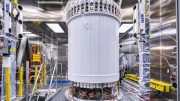

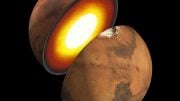

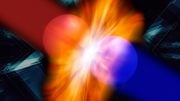
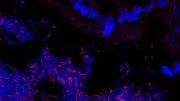
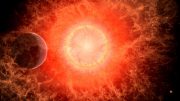
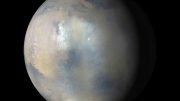
I really love to study on the cern and know more about LHC and it’s function that is defenitely wonderful and more enjoyable for me thanks
As soon as they turn it on again we see the UK battered by floods, storms, and sinkholes